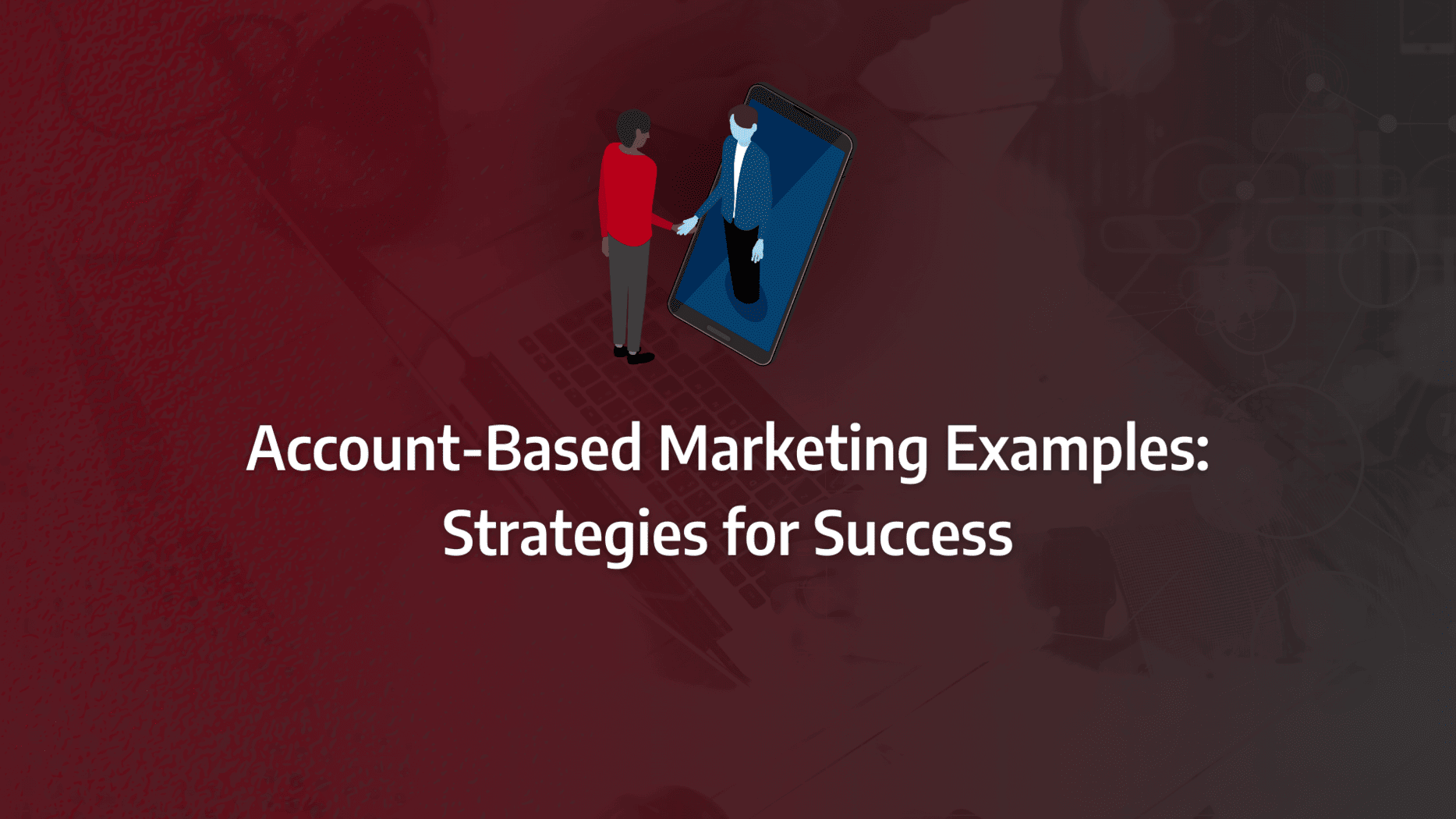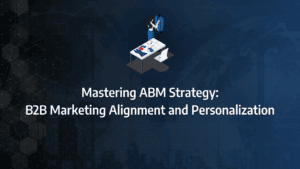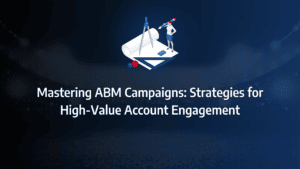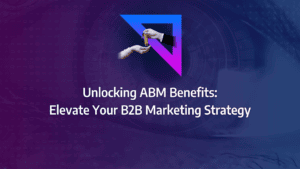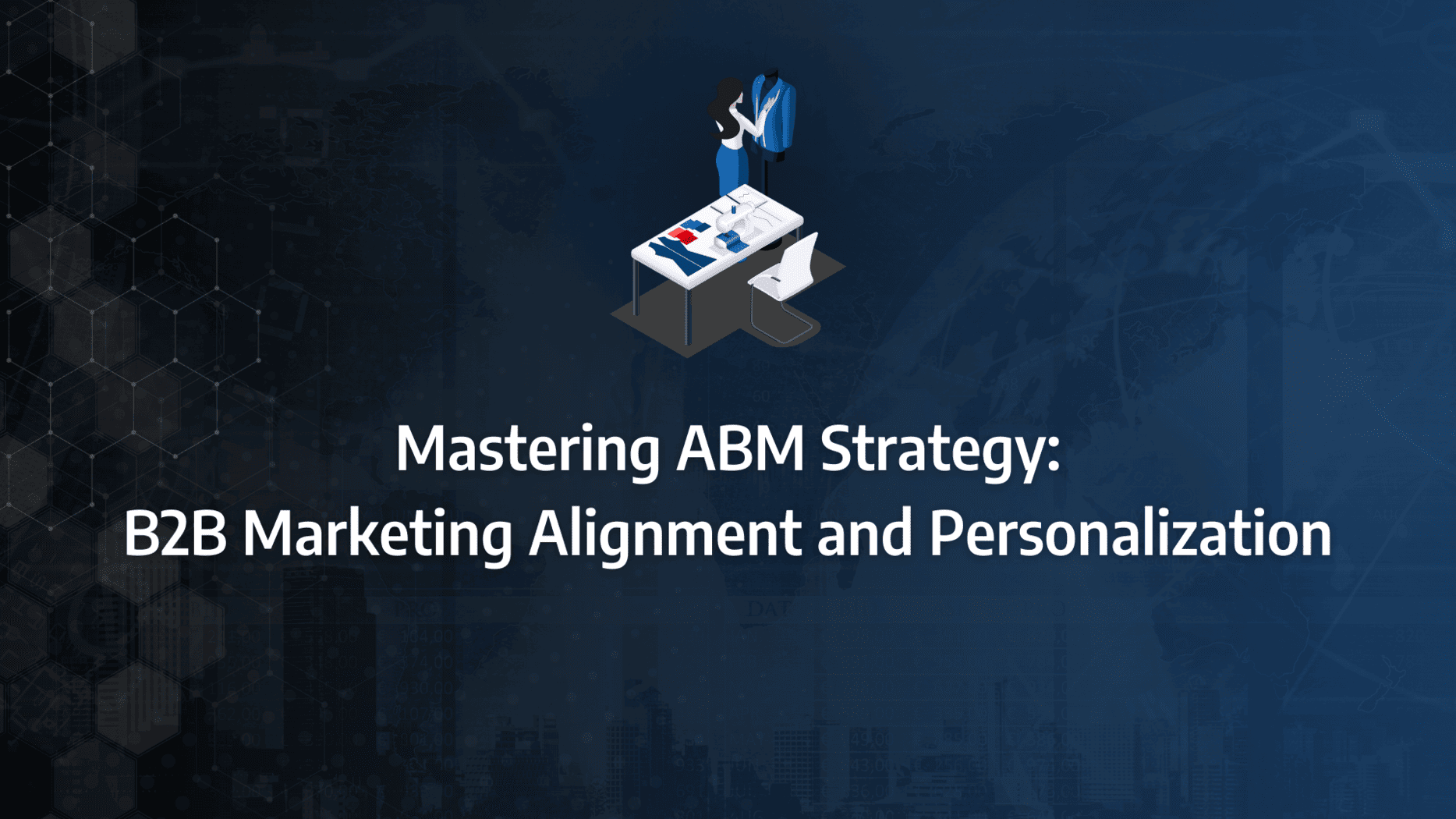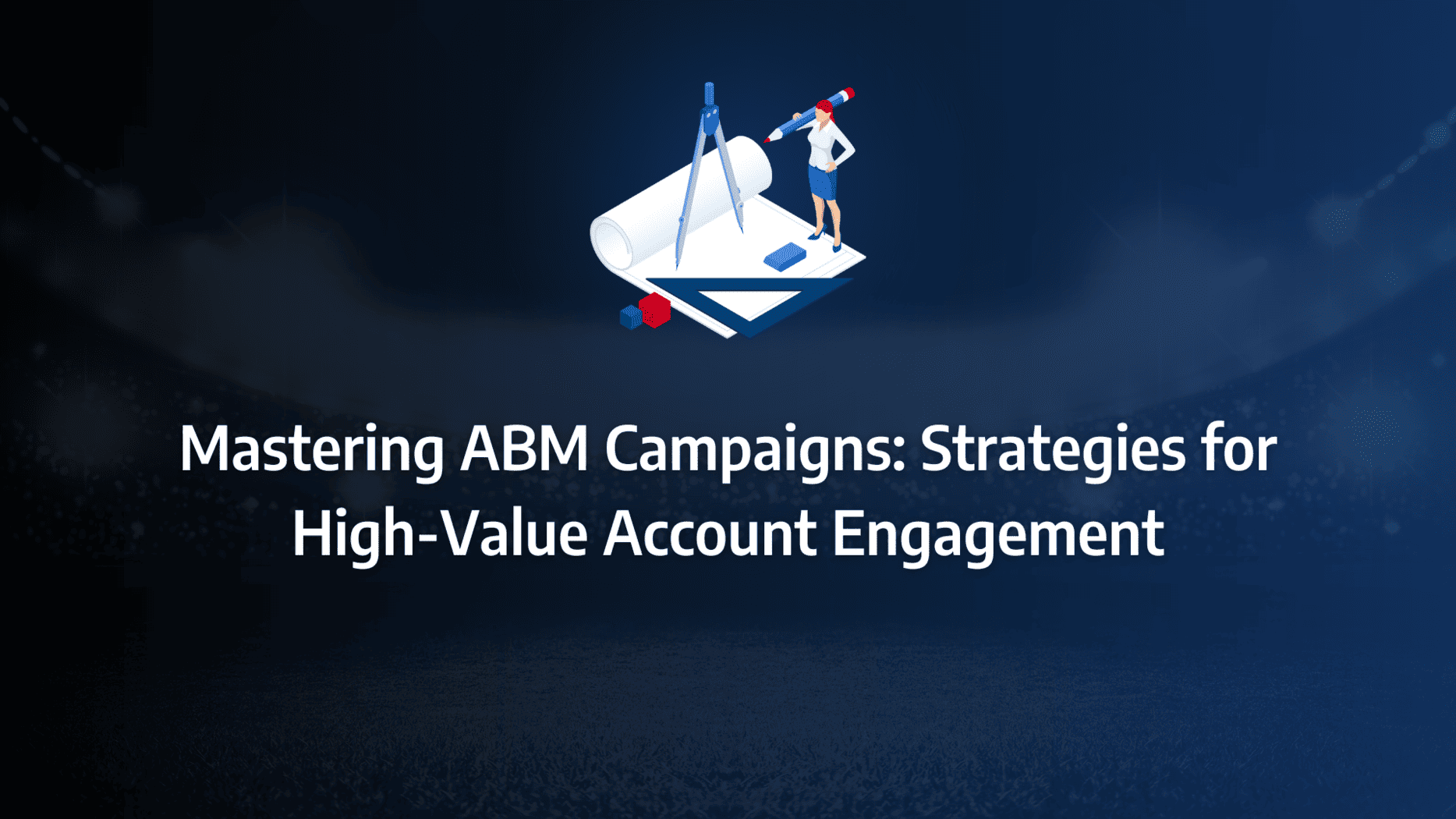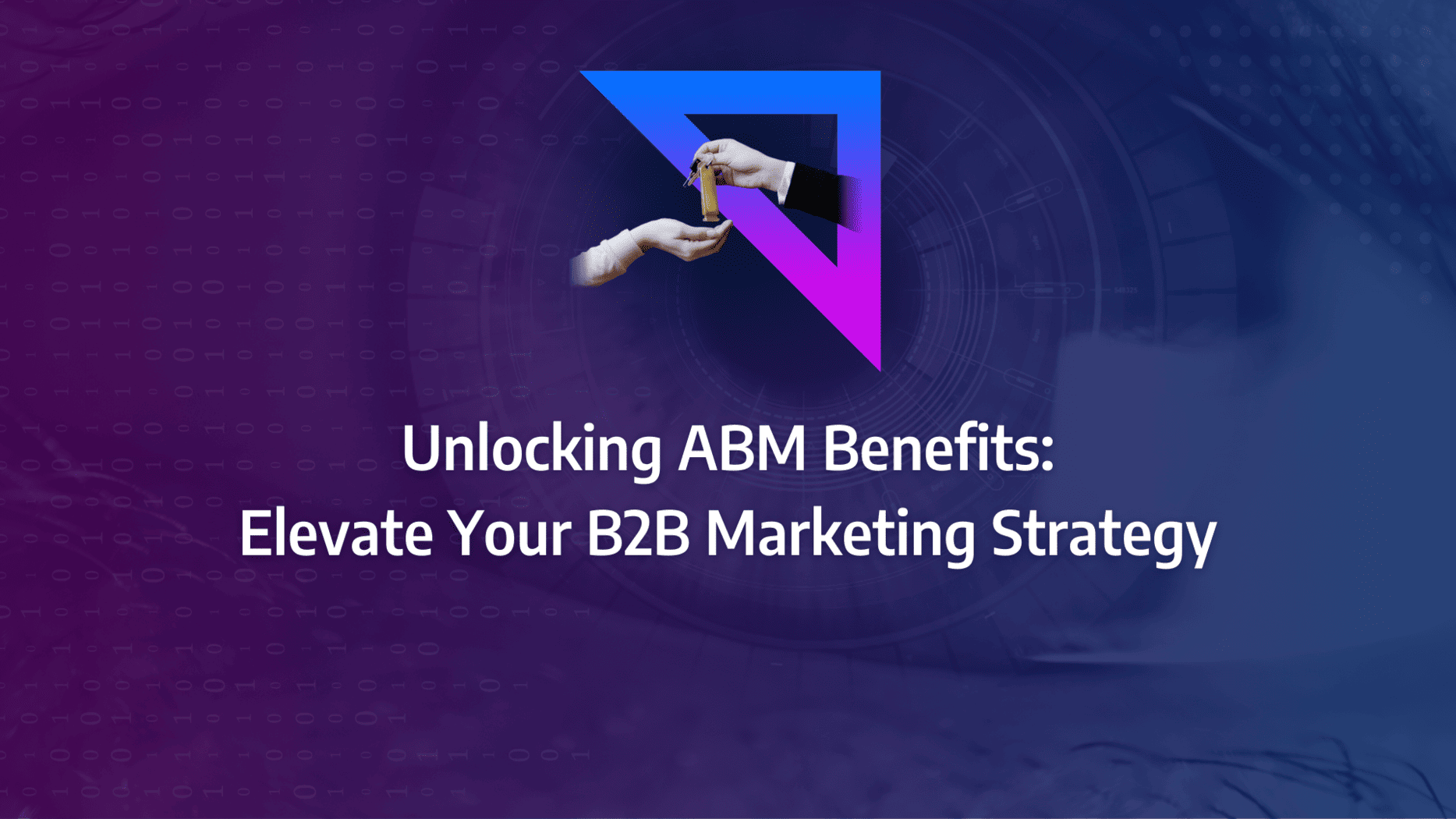Account-Based Marketing (ABM) has rapidly become a cornerstone strategy for businesses aiming to engage high-value accounts with precision and personalisation. But crafting an ABM campaign that truly resonates and drives results requires more than just theory. In this blog post, we dive into proven ABM strategies, showcasing how top companies have successfully implemented these approaches to achieve remarkable outcomes.
By understanding these examples, you’ll gain practical insights that can be directly applied to your own campaigns, ensuring that your ABM efforts are not only effective but also transformative for your business. Let’s explore how you can elevate your marketing strategy by learning from the best in the field.
- Implementing ABM requires a well-defined framework, including precise targeting, personalisation, and cross-department collaboration.
- Utilise advanced ABM tools and technologies to optimise your campaigns, integrating CRM systems and leveraging analytics for better decision-making.
- Overcoming common ABM challenges, such as account selection and campaign measurement, is essential for long-term success.
- Monitoring ROI and adapting to emerging trends, such as AI-driven personalisation, will keep your ABM strategy ahead of the curve.
What are the main benefits of using Account-Based Marketing for my business?
Account-Based Marketing (ABM) transforms targeted accounts into paying customers, helping businesses meet sales objectives and boost ROI. By focusing on high-value accounts, brands can deploy targeted marketing strategies that convert leads more effectively. In today’s cluttered market, customers are overwhelmed by countless businesses vying for their attention. ABM stands out by prioritising quality over quantity, fostering personalised engagement that helps your brand close more deals.
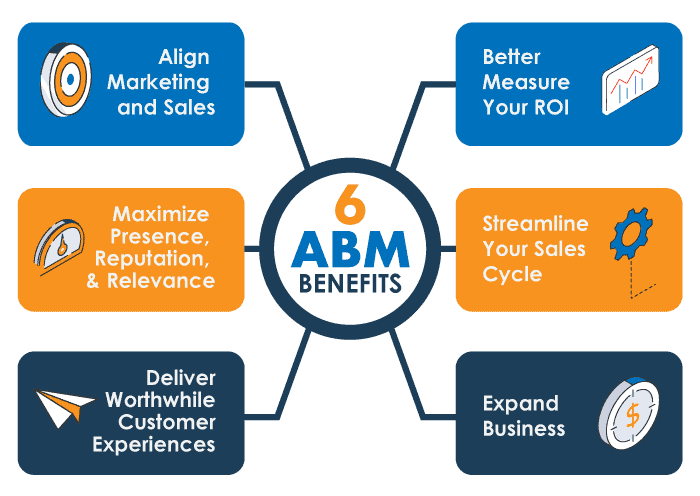
The internet’s vast user base presents new challenges, such as increasing competition and rising buyer expectations. To address these, many brands have adopted ABM strategies that emphasise quality over quantity. Historically, ABM was costly, difficult to scale, and challenging to maintain. However, advancements in technology have streamlined these processes. Today, ABM strategies are a viable and affordable method for many organisations to achieve their goals.
With these new methods, an ABM strategy can significantly improve:
- Conversions: Tailored messaging leads to higher conversion rates.
- Revenue: Focusing on high-value accounts drives substantial revenue growth.
- Marketing ROI: Efficient targeting maximises marketing investments.
- Sales and Marketing Goals: Alignment between teams enhances goal achievement.
- Qualified Leads: Precise targeting increases the number of high-quality leads.
These benefits become even more critical in today’s dynamic and competitive market.
What Matters Most?
From our experience, building long-term relationships with key stakeholders is the cornerstone of successful ABM. Clients often discover that ongoing value delivery, rather than one-off engagement, solidifies these relationships and drives sustained growth. Typically, hyper-personalisation is crucial in crafting content that truly resonates with each account’s specific challenges, ensuring that your message hits home. We’ve also seen that concentrating efforts on fewer, high-value accounts can often yield the highest returns, a strategy that aligns resources with the potential for significant revenue impact.Get In Touch
How do I determine if ABM is suitable for my company’s marketing strategy?
Deciding if ABM marketing is right for your business involves evaluating your current marketing approach and resources. Traditional marketing often relies on mass content production, which can be costly and inefficient. In contrast, ABM targets high-value accounts through coordinated efforts, optimising conversions. Consider your business size and resources: ABM is most effective for companies with a large pool of potential prospects, enabling highly personalised campaigns. Assess your ability to support ABM initiatives before committing to this strategy.
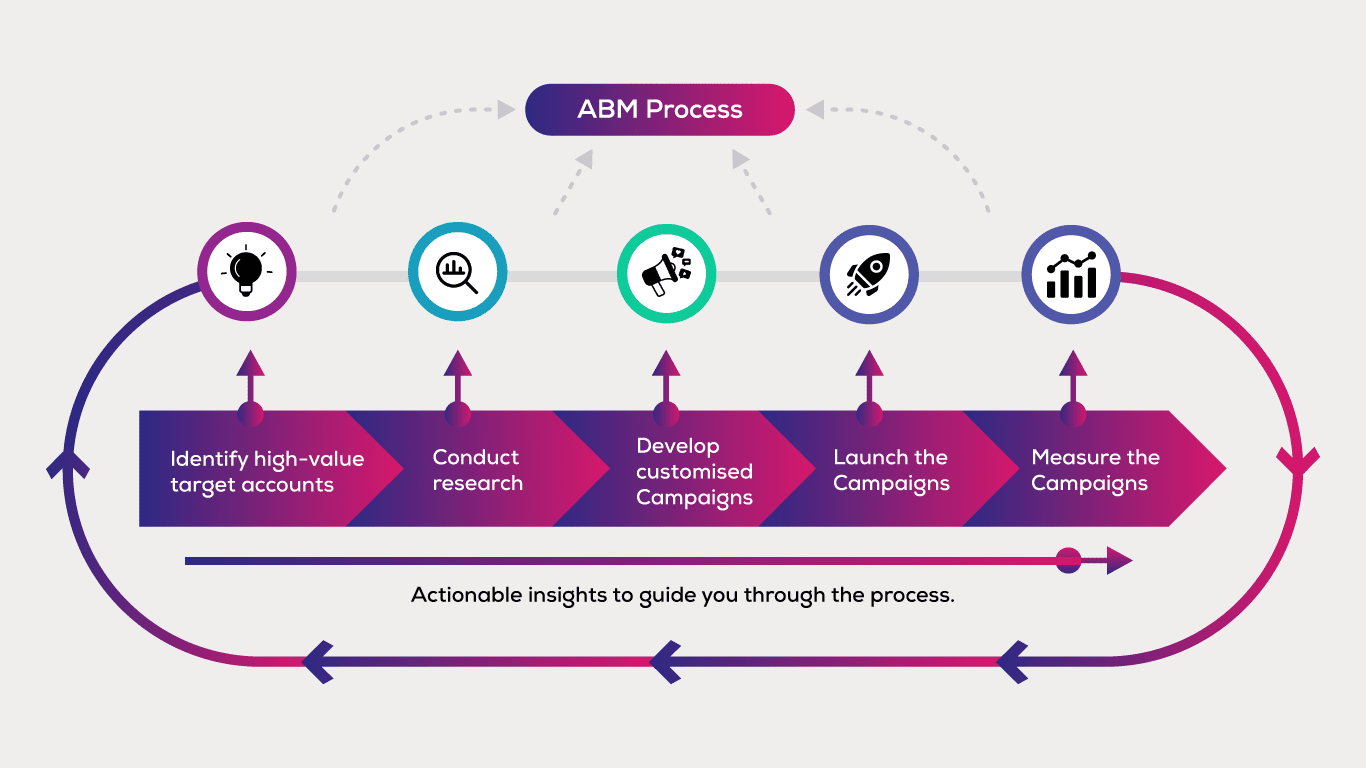
ABM Marketing Examples to Inspire Your Strategies
Depending on your business goals, the way you choose to target prospects will vary. However, it always starts with segmenting your audience and choosing the right channels for each segment. Effective ABM tactics, such as direct mail, web personalisation, and webinars, can significantly enhance:
- Lead Generation Initiatives: Personalised outreach attracts high-quality leads.
- Buyer Engagement: Tailored content keeps potential buyers interested.
- Brand Loyalty: Consistent, relevant interactions build lasting relationships.
Source: DemandBase
By following these guidelines and exploring innovative ABM campaign examples, you can effectively leverage ABM to enhance your marketing efforts and drive business growth.
What are some proven tactics to effectively implement ABM in my campaigns?
Depending on your business goals, your approach to targeting prospects will vary. However, it always starts with segmenting your audience and identifying the channels that will most effectively reach each segment. Here are some ABM marketing examples such as direct mail, web personalisation, webinars, and more, that can enhance your:
- Lead generation initiatives
- Buyer engagement
- Brand loyalty
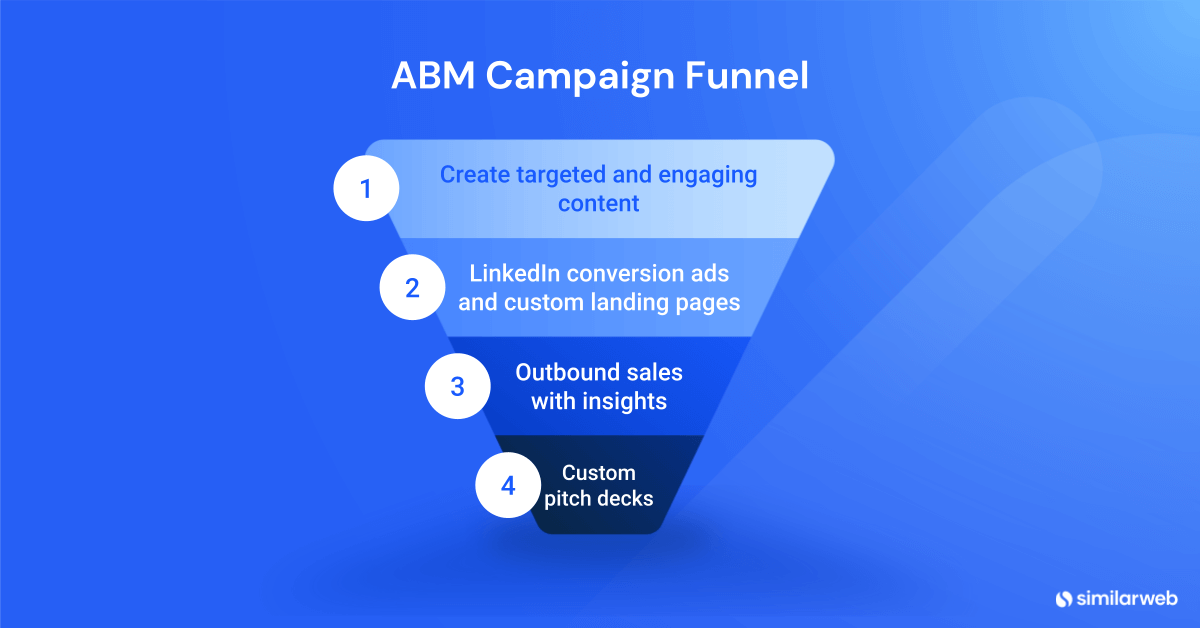
Explore our comprehensive guide on ABM marketing examples to kick-start your ABM campaigns. Marketers utilise ABM to focus on the most valuable segments containing prospects who are most likely to convert. Here are five effective B2B ABM campaign examples to help you develop successful ABM programmes within your business:
Events
Using an account-based marketing approach for in-person events is an excellent opportunity to persuade key decision-makers to consider your product or service. With high levels of personalisation through invitations, gifts, and follow-ups, your business can build a deeper connection with your audience. As a result, this ABM marketing example gives your business a competitive edge.
Webinar
This ABM strategy example is ideal for targeting high-value leads. By customising content and ensuring the webinar is relevant, you can effectively engage specific companies or customer segments. This targeted approach makes webinars a powerful tool in your ABM toolkit.
Direct Mail
One of the most effective ABM marketing examples is direct mail. This method is highly targeted and goes straight to the prospect, making it one of the more popular ABM strategies. Content, gifts, and marketing materials sent via direct mail have a significantly higher revenue potential.
Email Campaigns
Despite no longer being the most popular marketing method, email campaigns still hold considerable value within ABM. Traditional campaigns focus on the quantity of leads, often using templates and automation to distribute frequent, broad content. In contrast, ABM email campaigns tailor each message to the recipient, ensuring that high-value prospects feel their needs are directly addressed by your product or service.
Web Personalisation
Web personalisation is one of the best ABM marketing examples for customising the experience of your target customers. Unlike generic web experiences, personalised web interactions can significantly enhance engagement and conversion rates.
By leveraging these ABM strategy examples, you can tailor your marketing efforts to engage and convert high-value prospects more effectively, driving growth and achieving your business objectives.
Our Tactical Recommendations
From our experience, ensuring alignment between marketing and sales through a shared success plan for each account is vital. Clients often find that this plan clarifies goals and enhances cooperation, driving better results. Typically, validating and continuously testing your tracking setup is essential for maintaining data accuracy, which underpins all ABM efforts. Additionally, we’ve seen that leveraging content marketing early in the ABM process can establish trust and authority, laying the groundwork for successful sales outreach and long-term relationships.Get In Touch
Real-world ABM examples to inspire your marketing approach
Calendly
As a scheduling software company, Calendly recognises the importance of efficient appointment scheduling. To highlight the benefits of using their software, they go the extra mile to educate potential accounts. Calendly hosts virtual events where attendees can learn more about their scheduling features and how they can simplify workflows. The best part? These events are completely free, offering value without commitment.
Source: ITSMA
Personalised and Customised Content Experience by Snowflake
Snowflake, a prominent cloud-based data warehousing company, excels in engaging specific accounts through personalised and customised content. They created a comprehensive library of high-quality content, tailored to provide a unique experience for each target account based on their position in the account lifecycle stage. Snowflake’s campaigns prioritised building credibility and reliability rather than immediate conversion. By educating their audience with valuable content, they achieved higher ROI through retargeting engaged accounts.
The strategy of delivering a personalised content experience can be adopted by any company with high-quality content for its target audience. The key is to redesign your content distribution strategy to focus on personalisation.
Segmented Approach by DocuSign
DocuSign, an e-signature transaction management company, faced the challenge of targeting an audience from six different industries. They utilised an ABM strategy to deliver a more personalised experience and drive traffic. By integrating segmentation and content targeting into their web platform, they asked visitors a few questions to determine their industry. Based on the responses, DocuSign delivered industry-specific messages, images, testimonials, and peer logos. This segmented approach boosted their sales pipeline by 22%.
This strategy of using segmentation to tailor content can be highly effective for any B2B company serving diverse industries.
By examining these real-world ABM marketing examples, you can gain insights into effective strategies that can be tailored to your business needs. Whether it’s through virtual events, personalised content, bold campaigns, or segmented approaches, these examples highlight the potential of ABM to drive engagement and achieve substantial results.
